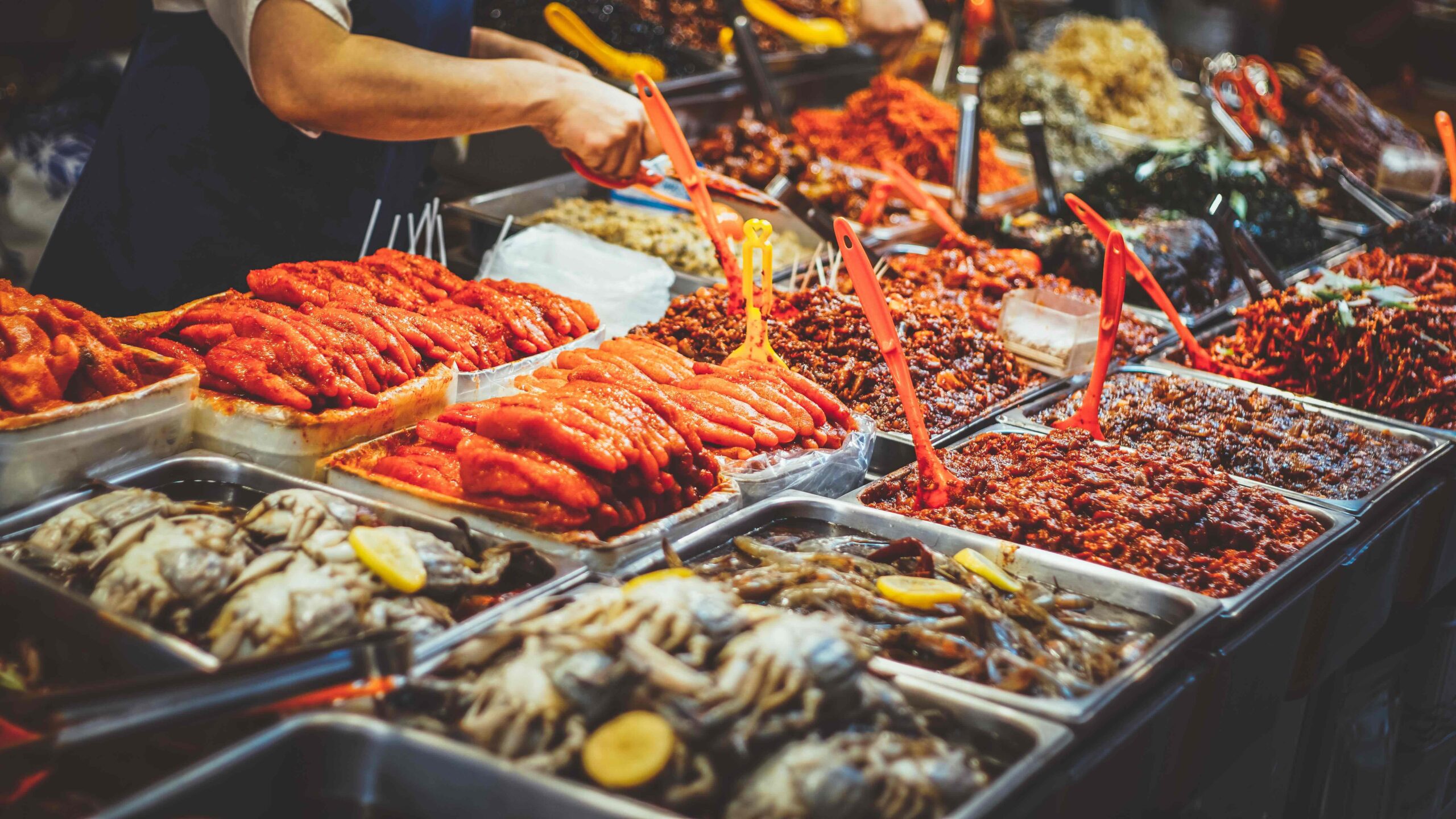Ultimate Culinary Guide to Notting Hill Carnival food

Your guide to Europe’s biggest street festival.
What is Notting Hill Carnival?
Notting Hill Carnival is an annual street festival held in the Notting Hill area of London, celebrating Caribbean culture and traditions. The streets of Notting Hill become a stage for calypso costumed performers and decorated floats to wind through – with bustling Caribbean cuisine food stalls keeping everyone’s spirits high.
When is Notting Hill Carnival?
Notting Hill Carnival takes place every year over the August Bank Holiday weekend in London. The festivities kick off on the Sunday, traditionally known as Family Day, with events and activities suitable for all ages, followed by the main parade day on Monday. This vibrant weekend, typically the last weekend of August, creates a lively and colourful atmosphere that draws millions of visitors from around the world.
What does Notting Hill Carnival celebrate?
Dating back to the 1960s, Notting Hill Carnival is a love letter to the rich history of London’s Caribbean culture and diverse community. Now the largest street festival in Europe, its traditions spring from the emancipation of those who came to London on the SS Empire Windrush. They settled in Brixton and Notting Hill to become Britain’s largest population of Caribbean people and now we celebrate that freedom.
The first carnival was but a single steel pan making its way through the streets. Today over 50,000 performers and more than 30 sound systems come together for a wild long weekend, filled with unmissable festivities and fabulous parties.
Parade floats and feather flares
The iconic procession is a huge part of this celebration of freedom and Caribbean culture. Typically setting off from Westbourne Grove and winding through to Ladbroke Grove, there’s stalls and mini parties lining the whole route. Dancing and partying along the energetic parade you’ll see a flurry of feathers and gorgeous costumes. The performers dress to embody the freedom that the carnival represents, and you’ll find a fusion of distinct cultural elements on their costumes and the floats they dance alongside.
Mas bands (short for ‘masquerade’), perform to a soundtrack of steel bands, DJs, and Soca bands. Each of these groups has their own unique style and decorate costumes and headpieces with the shared history of the carnival. Although you’ll find similar colours and themes, the bands have their own twists to help them stand out.
The foodie king of the carnival
Walking around the carnival you’ll be privy to all the sizzle and smoke as you explore the food stalls. There are many sights, sounds and smells, but the one you’ll see most is Jamaican jerk chicken. The champion of the foodie festivities, you can get into the spirit of the carnival by tucking into the spicy dish packed with smoky heat. When browsing the stalls, most are family-run with fiercely-guarded secret recipes and cooking styles – but you’ll want to find crisp skin, and the sweet and spicy aroma that only comes with expertly jerked chicken.
The traditional method of jerk cooking dates back generations where Caribbean tribes such as Taínos and Awaraks shared their food preparation secrets. Jerking involves smothering meats in local herbs, scotch bonnets, allspice and sugar before being left to marinate. Traditionally when cooked, the tribes would use pits covered with logs, but at the Notting Hill Carnival you’re more likely to find oil drums and BBQs used for grilling.
Caribbean cuisine Notting Hill style
The food culture at the festival has become as well-known as the costumes so it’s important to get stuck in to get the most immersive experience. Authentic Caribbean flavours have many influences from Spanish to African – so you’ll be sure to find something you already love or take the opportunity to try something new.
Alongside jerk chicken, you’ll find other Caribbean delicacies including curried goat and chicken, rice, ‘peas’, Jamaican patties, slow cooked pork and salt fish fritters. Trini rotis are a popular street food as they’re easy to grab and go as you dance the night away. Curry is cooked low and slow to release the fragrant herbs and spices. Meats such as lamb, chicken, goat, or seafood are the heroes of the curry, which is ladled into unleavened flatbreads and wrapped. They’re the perfect fast food.
On menus across the carnival, you’ll find the curries and patties served with rice and peas. These peas aren’t your average garden or petit pois, instead you’ll be tucking into black beans, black-eyed peas, lentils and kidney beans. Often the rice is flavoured with coconut milk, an authentic ingredient in this region’s cooking.
Something sweet on the side
Plantains are a staple of Caribbean cuisine, and you’ll find them served with your curries and rice. A type of banana, they’re commonly fried which produces a gorgeous, caramelised flavour – the perfect balance of subtle sweetness to savoury spices. In fact, if you’re looking for a high level of sweetness then keep your eyes out for the skins of the plantains. The riper yellow and more beaten ones are on the sweeter end of the scale, whereas the green ones are starchy and potato-like.
You’ll need a hearty appetite to try the dishes on offer at the Notting Hill Carnival, but with all the dancing, music and merriment we’re sure you’ll work one up.



